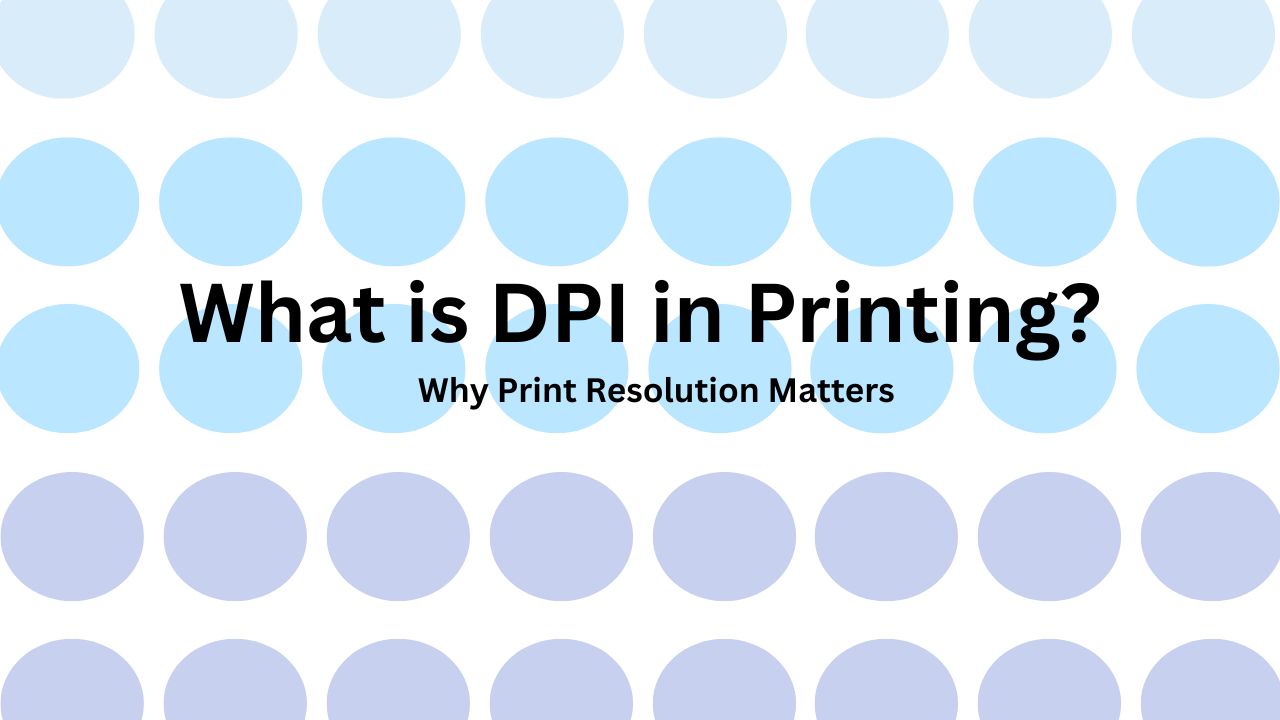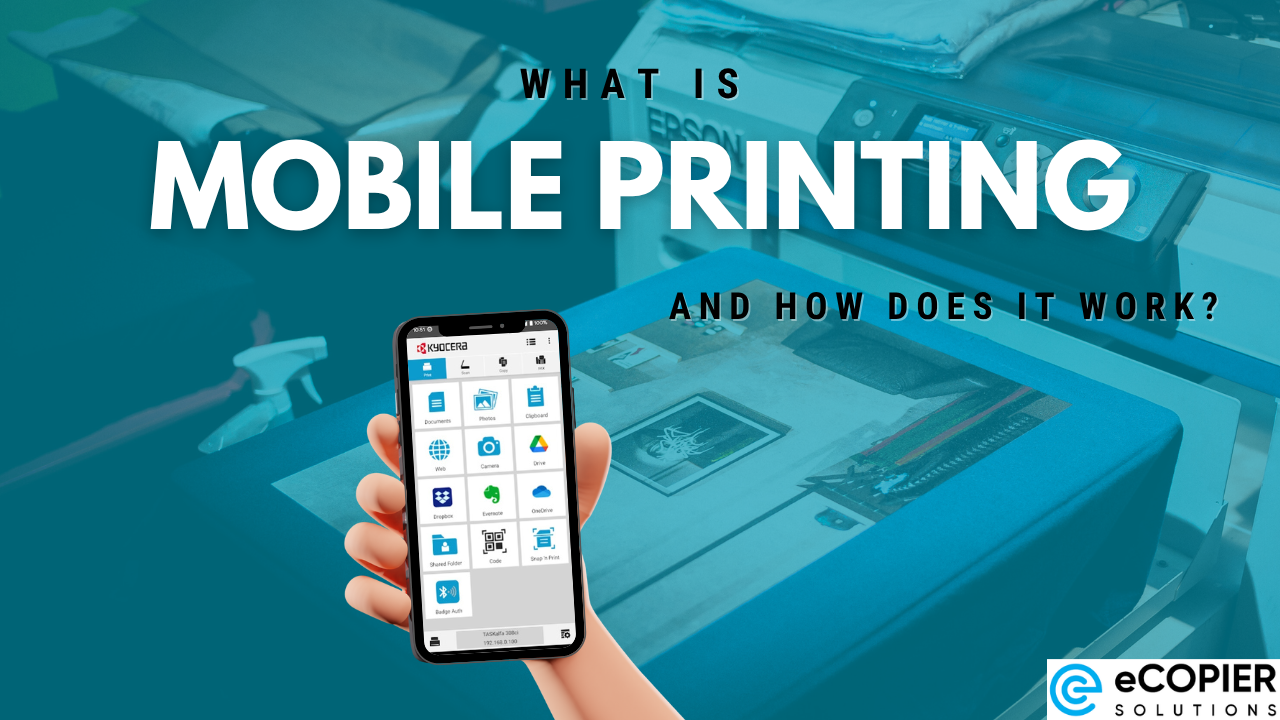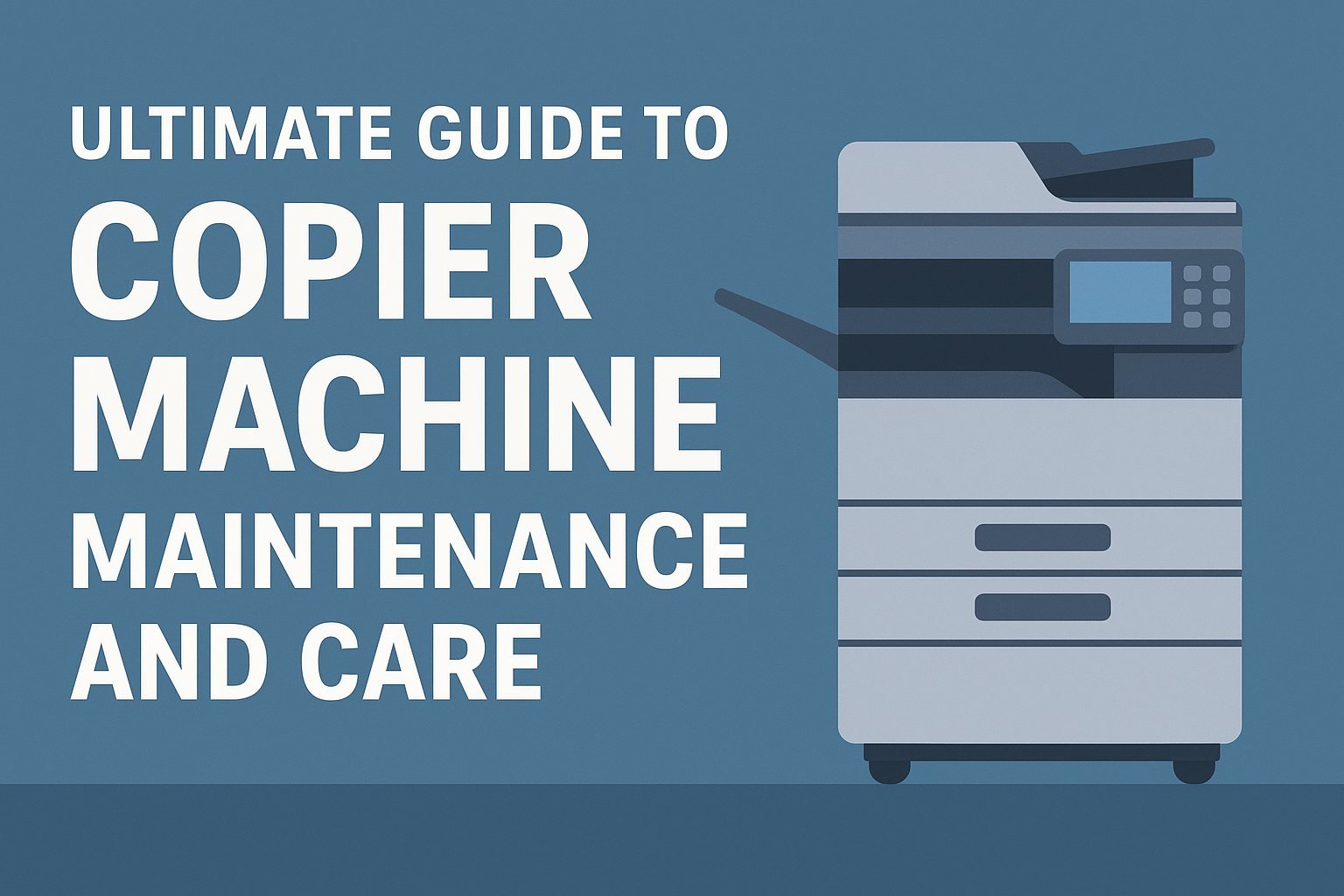Understanding the Shift from Traditional to Digital Processes
Workflow management is integral to organizational efficiency and success. As technology evolves, the distinction between traditional and digital workflows becomes increasingly significant. This article explores the core concepts, benefits, challenges, and future trends of both approaches, providing a comprehensive comparison to help organizations navigate their digital transformation journey.
Core Concepts and Definitions of Workflow Processes

What are the core concepts and definitions of digital and traditional workflow processes?
Traditional workflows are primarily manual, relying heavily on physical tools and materials. These processes involve tangible documents, face-to-face exchanges, and step-by-step procedures that often depend on human memory and manual handoffs. They are characterized by personal interaction, sequential task execution, and often a hierarchical structure that emphasizes security and control. While familiar and straightforward, traditional workflows tend to be slower and more susceptible to errors and delays.
In contrast, digital workflows transform tasks into electronic formats supported by software applications, cloud platforms, and online tools. These workflows leverage automation, digital document management, and integration with different systems to streamline operations. Digital workflows enhance efficiency by automating repetitive tasks, enabling remote access, and providing real-time information about process status. They support a variety of functions such as contract management, employee onboarding, and customer service, often through event-triggered actions like approvals or notifications.
The essence of both workflow types is the structured sequence of activities aimed at completing specific goals. Traditional workflows focus on manual coordination of tasks, whereas digital workflows emphasize process automation, orchestration, and integration with technologies like AI and machine learning. They coordinate activities across multiple systems, providing better data accuracy, traceability, and faster completion times.
Understanding these core concepts enables organizations to evaluate their current processes, identify areas for digital transformation, and adopt workflow strategies that improve efficiency, reduce errors, and support modern workplace needs. Both approaches share the fundamental idea of mapping tasks to achieve efficiency but differ significantly in their implementation and potential benefits.
Advantages of Digital Workflows
 Digital workflows significantly improve organizational operations by streamlining processes and increasing efficiency. They facilitate faster completion of tasks, thanks to automation that reduces manual interventions and speeds up project timelines.
Digital workflows significantly improve organizational operations by streamlining processes and increasing efficiency. They facilitate faster completion of tasks, thanks to automation that reduces manual interventions and speeds up project timelines.
One of their primary benefits is cost savings coupled with a notable reduction in errors. By automating routine tasks such as approvals, notifications, and data entry, organizations minimize human mistakes and rework, leading to lower operational costs.
Another advantage is enhanced visibility and monitoring. Digital workflows provide real-time updates on task progress, allowing managers to track activities, identify bottlenecks, and make informed decisions promptly. This transparency supports continuous process improvement.
Additionally, digital workflows empower strategic decision-making. Through integrated analytics tools, organizations can analyze workflow data, identify trends, and refine strategies for better performance and growth.
Environmental benefits also accompany digital workflows. Their digital nature reduces reliance on paper documents, decreasing waste and lowering the organization’s carbon footprint.
In summary, digital workflows offer diverse benefits including efficiency gains, cost savings, enhanced process oversight, strategic insights, and environmental sustainability, collectively giving organizations a competitive edge.
Types of Workflow Management Systems
There are several types of workflow management systems used across organizations to streamline processes and improve efficiency.
Sequential workflows are the most straightforward. They follow a linear progression, where each task must be completed in order before moving to the next step. This type is ideal for routine processes like document approval or onboarding procedures, where clarity and order are essential.
State-machine workflows offer greater flexibility. Tasks can move back and forth between different roles or departments, often involving approvals or feedback loops. They are suitable for projects requiring review stages or iterative development processes.
Rules-driven workflows utilize conditional logic to guide task progression. They enable complex decision-making, adapting the workflow based on specific circumstances or data inputs. For example, a loan approval process might vary depending on the applicant’s credit score.
Parallel workflows allow multiple tasks to occur simultaneously. This approach accelerates project completion by performing different activities concurrently, such as design, testing, and manufacturing efforts happening in parallel.
Managing these various workflows involves planning, visualizing, and automating tasks to optimize organizational performance. Continuous monitoring and adjustment ensure that workflows remain aligned with business needs, leveraging digital tools for efficiency.
Impact of Digital Workflows on Healthcare and Design Sectors

How do digital workflows impact efficiency, clinical outcomes, and user satisfaction?
Digital workflows play a transformative role in healthcare by streamlining both clinical and administrative tasks. They integrate electronic health records (EHRs), imaging, and collaboration tools, enabling easier access to patient data and reducing manual data entry. This integration accelerates decision-making and enhances the precision of treatments, ultimately improving clinical outcomes.
User satisfaction rises as digital workflows make systems more intuitive and reduce the burden of manual documentation. Automation minimizes administrative errors and allows clinicians to focus more on patient care, thus boosting overall satisfaction. However, some practitioners experience workflow disruptions or concerns about data privacy, highlighting a need for ongoing system refinement. Overall, when well-executed, digital workflows lead to safer, more efficient healthcare, better patient outcomes, and happier clinicians.
In design and dental practices, how do digital workflows improve processes?
In the realm of design and dentistry, digital workflows markedly enhance the speed and accuracy of treatment planning and product development. Dental professionals utilize CAD/CAM systems to design, fabricate, and even produce restorations in a single visit, thanks to digital impressions and milling machines. This reduces the multiple appointments traditionally required and increases patient satisfaction.
For esthetic procedures, digital smile design tools enable detailed visualization and planning, which greatly improves esthetic outcomes and reduces the number of patient visits. In design, digital prototyping allows designers to create virtual models, rapidly test concepts, and collaborate remotely, speeding up project timelines and reducing material waste. These digital approaches contribute to more precise, efficient, and patient-oriented practices.
Implementation, Challenges, and Future Trends
Implementing digital workflows
Transforming from traditional to digital workflows involves several strategic steps. Initially, organizations assess their current processes to identify manual tasks ripe for digitization. Next, they select appropriate workflow management tools such as BPM platforms, automation software like Redwood’s RunMyJobs, or industry-specific solutions. Building a digital process includes designing steps, defining roles, and establishing rules using user-friendly interfaces.
Testing and iterative refinement ensure the workflow performs as intended. Training staff on new tools and fostering a culture receptive to change are vital for success. Once implemented, organizations benefit from improved efficiency, real-time task visibility, and better data management. Digital workflows can assist in various functions like contract management, invoice processing, and customer onboarding, streamlining operations across departments.
Challenges faced during adoption
Despite their benefits, shifting to digital workflows presents certain hurdles. Resistance from staff accustomed to manual processes can slow adoption. Ensuring sufficient technological literacy and providing ongoing training address some of these issues.
Integration with existing legacy systems can be complex, requiring careful planning and sometimes custom solutions. Data security and compliance concerns must be managed diligently, especially when handling sensitive information.
Process complexity and scope creep pose additional risks, necessitating clear project boundaries and executive sponsorship. Without proper change management and continuous monitoring, organizations risk underperformance or failure to realize expected gains. Hybrid models often serve as transitional steps, balancing the security of traditional methods with the efficiency of digital tools.
Emerging trends like AI and XR digital twins
Looking ahead, digital workflow management is poised to evolve significantly. Artificial intelligence (AI) and machine learning will drive hyperautomation, enabling smarter decision-making, predictive analytics, and adaptive workflows. No-code and low-code platforms will empower non-technical users, facilitating rapid deployment and customization.
Immersive technologies like Extended Reality (XR) digital twins will revolutionize collaboration and training. These virtual replicas of physical environments, integrated with real-time data, enable remote teams to troubleshoot, simulate scenarios, and plan repairs more effectively.
Furthermore, integration of XR digital twins into workflows will improve operational accuracy and proactive maintenance, reducing downtime and costs. As organizations prioritize data security, compliance, and sustainability, digital workflows will become more responsible and aligned with environmental goals.
In summary, the future of digital workflows is characterized by increased automation, immersive collaboration tools, and intelligent process management, making organizations more agile, efficient, and responsive to change.
Role of Automation and AI in Workflow Enhancement

What is a digital workflow management system?
A digital workflow management system automates and streamlines organizational processes by digitizing procedures, tools, and plans for completing tasks efficiently and reliably. It involves transforming manual, paper-based tasks into automated digital sequences that can be tailored to simple or complex needs across various departments like customer relations, HR, sales, and marketing.
These systems help reduce repetitive work, minimize errors, improve data security and traceability, and generate valuable insights for process improvement. Implementation typically includes mapping workflows, selecting automation tools, digitizing documents, and monitoring performance through KPIs.
Overall, a digital workflow management system enhances organizational productivity, collaboration, and compliance in a secure, paperless environment.
How does workflow automation contribute to digital transformation?
Workflow automation is a central component of digital transformation. It replaces manual, error-prone procedures with efficient, cloud-based systems that offer real-time notifications, permissions, and routing.
Automation handles repetitive tasks such as data entry and approvals, thereby reducing bottlenecks and increasing efficiency across organizational processes.
Additionally, automation empowers organizations to monitor key performance indicators (KPIs), conduct workflow audits, and employ advanced analytics. These tools, often integrated with AI, enable businesses to continually optimize their workflows.
Automation enhances organizational agility and scalability, allowing companies to adapt quickly to evolving market conditions and global trends. Ultimately, this fosters innovation, promotes operational excellence, and sustains competitive advantage.
Practical Applications Across Industries and Final Thoughts
What are some practical examples of digital workflows in various industries?
Digital workflows are transforming many sectors by streamlining routine and complex tasks. In healthcare, digital workflows facilitate rapid processing of patient information, enhance diagnostic accuracy with digital imaging, and enable in-clinic production of dental restorations through CAD/CAM systems. These processes significantly cut down chair time and improve patient outcomes.
In the financial sector, digital workflows automate contract management, invoicing, and ensure regulatory compliance. This automation reduces manual errors and speeds up transaction processing.
Manufacturing industries benefit from digital supply chain workflows that enhance inventory tracking, streamline order processing, and improve quality control. These digital systems make operations more transparent and adaptable.
Across all these fields, digital workflows help minimize errors, improve transparency, and foster remote collaboration. They make organizations more agile, efficient, and capable of quickly adapting to changing demands.
How do digital workflows shape the future of organizational processes?
The influence of digital workflows continues to grow by integrating advanced technologies such as artificial intelligence (AI), machine learning (ML), extended reality (XR) digital twins, and no-code platforms. These tools bring increased flexibility, enabling faster decision-making and better customer experiences.
Organizations can harness real-time data insights to optimize operations and promote sustainable practices while maintaining compliance with evolving regulations.
As digital workflows become more prevalent, they will foster greater organizational agility, encouraging innovation and strategic growth. The shift from manual, isolated tasks toward interconnected, intelligent systems will fundamentally change how companies operate, making them more proactive, adaptive, and competitive.
Embracing the Digital Future in Workflow Management
The transition from traditional to digital workflow management is reshaping how organizations operate across all sectors. Digital workflows offer numerous advantages, including higher efficiency, accuracy, transparency, and flexibility, which enable organizations to respond swiftly to market demands and technological advances. Challenges such as implementation complexity and resistance can be addressed through strategic planning, training, and hybrid models. Looking ahead, the integration of AI, ML, XR, and automation will further enhance workflow capabilities, making processes smarter, faster, and more sustainable. As organizations embrace these digital innovations, they will position themselves for long-term success in a highly competitive, rapidly evolving landscape.
References
- Comparison of Conventional and Digital Workflows in the ...
- Workflow Automation vs. Traditional Processes: Which One Wins?
- Digital Document Workflows for Modern Businesses - Yousign
- Traditional Vs Digital Workflow - Design+Encyclopedia
- What is a Digital Workflow (And How to Build One)
- Mastering digital workflows: Your path to unstoppable efficiency | Moxo
- The digital workflow in dentistry: definition and benefits – 3Shape Blog
- What is a Digital Workflow? - IBM





.jpg)

























